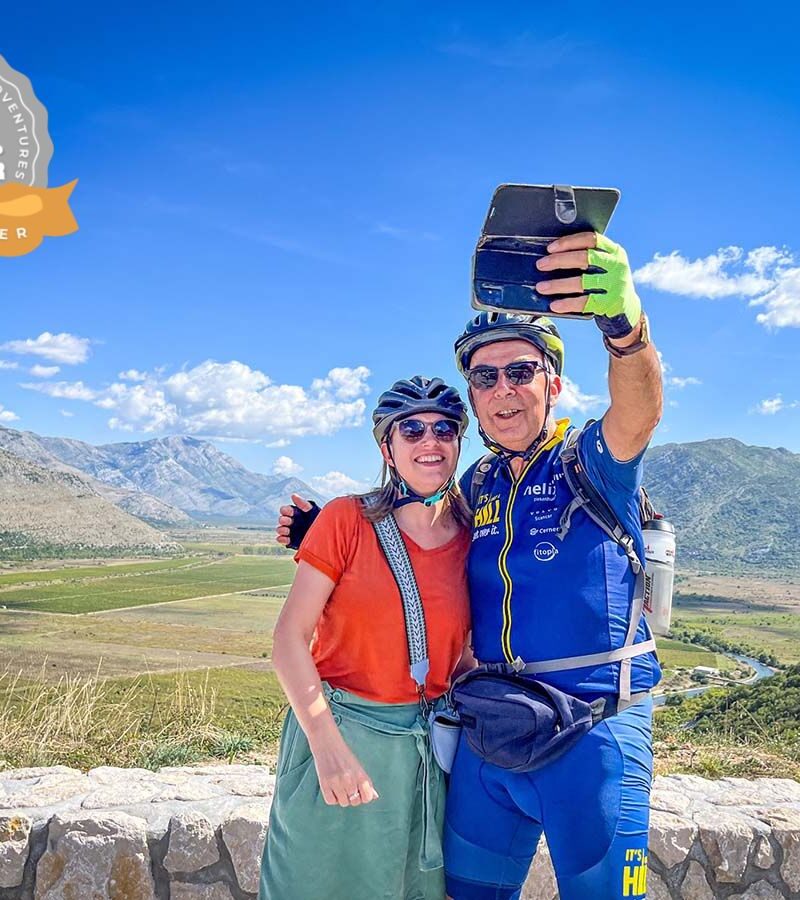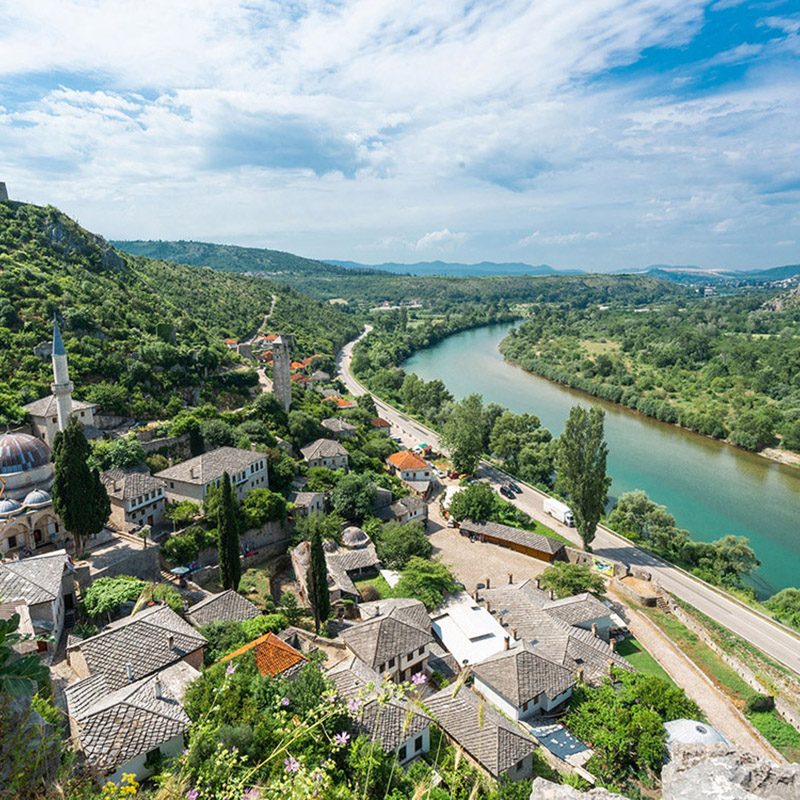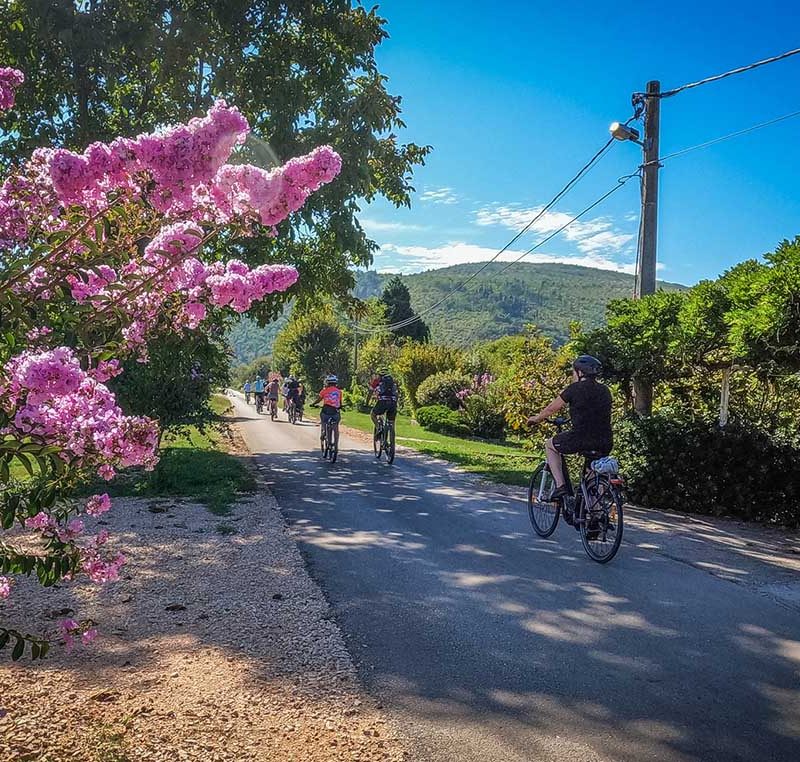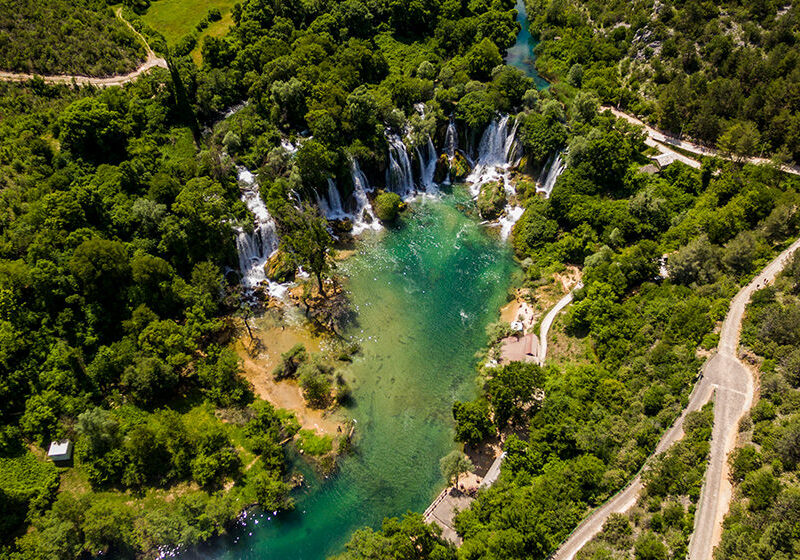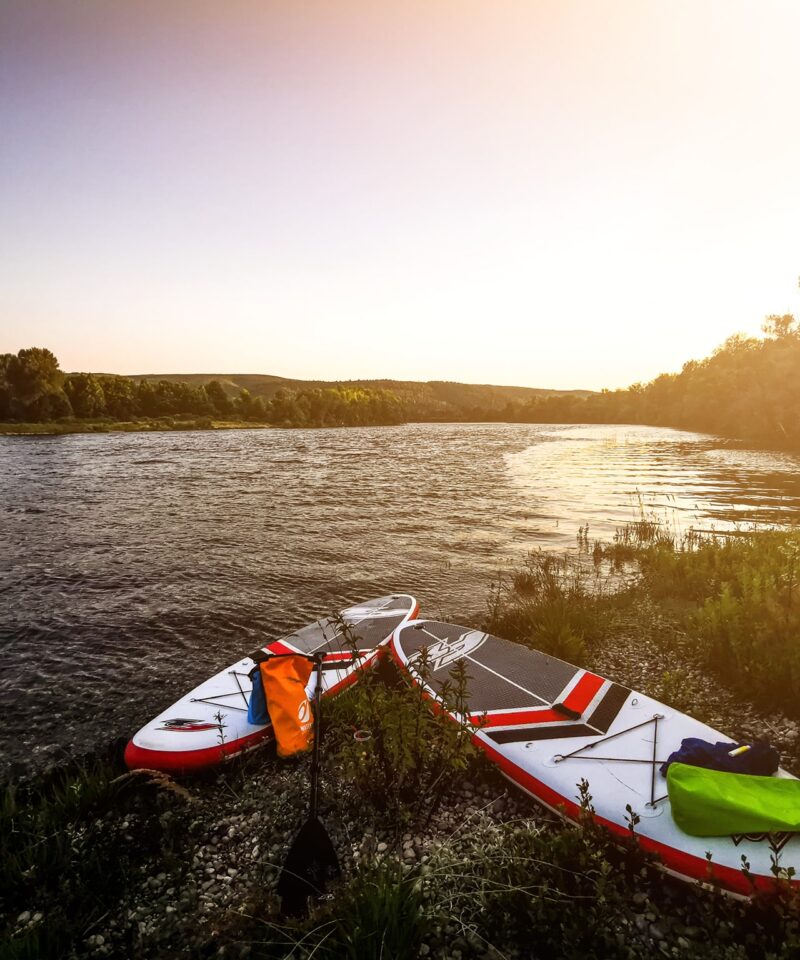The historic urban site of Počitelj is located on the left bank of the river Neretva, on the main Mostar to Metković road, to the south of Mostar, in the territory of Čapljina Municipality.
In the middle ages, Počitelj was the administrative centre and centre of governance of Dubrava župa (county), and its westernmost point, which gave it major strategic importance. It is supposed that the fortified town and its attendant settlements were built by Bosnia’s King Stjepan Tvrtko I in 1383.
The walled town of Počitelj evolved over the period from the sixteenth to the eighteenth centuries. Architecturally, the surviving stone-built parts of the town are a fortified complex, in which two stages of evolution may be observed: mediaeval, and Ottoman.
The first documented reference to the town dates from 1444, in Charters issued by Kings Alfonso V and Friedrich III. During the period 1463-1471 the town held a Hungarian garrison. Following a brief siege in 1471, the town fell to the Ottomans, and was to remain within the Ottoman Empire until 1878. From 1782 to 1879 it was the centre of a kadiluk (area under the jurisdiction of a kadija or qadi – judge) and from 1713 to 1835 it was the headquarters of the Počitelj military district.
The significance and appearance of the town has altered during the course of its history. Three periods seem to be significant for the development of Počitelj:
1. The time of the Hungarian King Matthias Corvinus when the town had significant strategic importance (1463-1471),
2. The period of development of the settlement under the Ottoman Empire with the erection of typical public buildings: mosques, mekteb (Muslim primary school), imaret (charitable kitchen), medresa (Muslim high school), hamam, Turkish baths, han (inn) and sahat-kula (clock-tower) (1471-1698). During this period military conflicts occurred in more remote areas.
3. The period of recovery of its strategic importance after the Venetians conquered and destroyed Gabela (1698-1878).
With the establishment of Austro-Hungarian rule in BiH in 1878, Počitelj lost its strategic importance and began to deteriorate rapidly. The loss of the town’s strategic role helped to safeguard the original urban architectural ensemble, so that the town has been preserved in its original form to this day.
During the 1992-96 war in BiH the entire historic urban site of Počitelj and all its various buildings suffered extensive war damage.
In 1996, Počitelj was named by World Monuments Watch as one of the world’s 100 most endangered cultural heritage sites, as proposed by the University of York, United Kingdom, and the University of Sarajevo, in the light of its outstanding value.
In 2000 the Government of Federation of Bosnia and Herzegovina started the Programme of the permanent protection of Počitelj that comprises of: protection of cultural heritage from further deterioration, rehabilitation of damaged and destroyed buildings, returns of the refugees and displaced persons to their homes and the sustainable and long-term protection and revitalization of the Historic urban area of Počitelj. The Programm is on-going and now it is in the stage of rehabilitation of housing complexes in the upper part of Počitelj.
ARCHITECTURE
FORT – The fort of Počitelj was built between the fifteenth and eighteenth centuries, with intervals when construction was suspended. The original mediaeval nucleus of the fort is the oldest walled section, where two stages of construction can be identified: the older, inner town or fortress (a donjon tower with a small ward or bailey) from the late fourteenth century, with later additions, alterations and reinforcements dating from the second half of the fifteenth century. To judge from the layout of the oldest parts of the fortress it may be assumed that there was a small settlement below the fortifications, dating from an earlier or the same period as the fortifications themselves. Somewhat prior to 1698, the fortress was considerably enlarged and fortified with a stronger system of defense. The town was walled so as to form an inner bailey from the square tower, two bastions (Mehmed-paša’s and Delibaša’s), Dizdar’s house, a granary, the fort’s mosque and a “water-tower” – a cistern with an entrance and steps leading to the water, two large gateways and two small ones. During the 1992-96 war in BiH the fortress suffered no serious damage.
MOSQUE OF ŠIŠMAN IBRAHIM-PAŠA – or Hadži Alija’s mosques is one of the finest achievements of the classical Ottoman style of single-room domed mosques in BiH. According to its chronogram, it was built in 970 AH (1562-63 AD) by Hadži Alija. The mosque occupies a prominent position in the urban fabric of the town and its natural surroundings. Other public buildings located by the mosque are the mektebs, the imaret, the medresa, the hamam, the han and the clock-tower. The mosque was blown up in 1993: the dome and minaret were demolished, and the rest of the building was badly damaged. As a part of Programm of the permanent protection of Počitelj the mosque was rehabilitated and now it is returned to its original function.
MEDRESA (Muslim religious high school) OF ŠIŠMAN IBRAHIM-PAŠA – Evlija Čelebi’s travel chronicle makes it clear that the medresa in Počitelj dates from before 1664. It belongs to the standard type of smaller religious school, with five classrooms and a lecture room ranged along the two sides of an inner courtyard. The classrooms are roofed with five small domes and the lecture room with one large one. During the 1992-96 war in BiH the medresa was damaged by shelling. As a part of Programme of the permanent protection of Počitelj the medresa was rehabilitated.
HAMAM (the baths) – It may be concluded from Evlija Čelebi’s travel chronicle that the baths were built prior to 1664, and that they were built by craftsmen sent from Istanbul for the purpose.
The hamam is typical of smaller public baths. As a part of Programme of the permanent protection of Počitelj the hamam was rehabilitated.
HAN (inn) OF ŠIŠMAN IBRAHIM-PAŠA – was built around 1665. It was of the single-storey han type, built around a central area where horses were stabled. Little has survived of the original structure of the han: the remains of an arched gate of finely dressed cut stone with parts of the outside walls to the left and right of the entrance, parts of the outside wall opposite the entrance; some remains of the raised podium (for travelers to take rest); all of this recorded prior to 1960. The object was renovated in the 1970s to be used for catering purposes.
SAHAT-KULA – CLOCK-TOWER – Since Evlija Čelebi’s travel chronicle makes no reference to the sahat-kula, it is assumed that it was erected at a date later than 1664. It is typical of clock-towers in Herzegovina, which arose under the influence of Mediterranean-Dalmatian architecture. It is stone-built, with dressed quoins and ending in a stone pyramid. There are four pointed arches on the four sizes above the opening near the top of the tower. This type of sahat-kula is to be found in Počitelj, Mostar, and Stolac.
HOUSING – Stylistically, the residential architecture of Počitelj is a blend of Mediterranean and Oriental elements with certain local features. The influence of Mediterranean architecture is to be seen in the use of gable roofs, the pronounced stone wall structure, small, widely separated windows, and the arrangement of the rooms in fairly small, single-storey buildings. The influence of Oriental architecture is reflected in the use of hipped roofs, doksats or oriel windows, rows of close-set windows, the arrangement of rooms with a hajat (anteroom) on the ground floor and an open divanhan (sitting room) on the first floor, and the interconnected enclosed courtyard and interior living quarters. The basic building material was stone. Typical common features are round chimneys and roof cladding of irregularly shaped stone slabs. All the houses had privies in the courtyard and a hamamdžiluk (small bathroom) in the musandera (built-in carved wooden structure incorporating cupboards and occupying the entire wall of the main room). Wealthier households had a bathroom in every room. All the houses in the town were laid waste during the 1992-96 war in BiH. As a part of Programme of the permanent protection of Počitelj the mosque was rehabilitated and now it is returned to its original function.
THE GAVRANKAPETANOVIĆ HOUSE – is a group of buildings consisting of two smaller and one larger building (with the division into selamluk and haremluk) built during the course of the sixteenth and seventeenth centuries. In size it is the largest and most highly evolved example of the residential architecture of Počitelj. A characteristic of the building is the use of arched windows on the west facade. By the mid twentieth century the buildings had been abandoned and were deteriorating badly, as a result of which, in order to preserve and renovate the building, a project to convert it to an artists’ colony was launched in 1961 and completed in 1975. The central building was converted to accommodation for the artists. During the war the complex was set on fire and laid waste in 1993. The most serious damage was to the haremluk, to the wooden post-and-pan construction and wooden cladding. As a part of Programme of the permanent protection of Počitelj the Gavrankapetanović housing complex was rehabilitated and now it is returned to the function of Artists’ colony.
Statements of authenticity and/or integrity
The historic urban site of Počitelj forms a spatially and topographically self-contained ensemble.
Počitelj was built on a rocky cliff sloping steeply down to the bank of the river Neretva. It belongs to the group of mediaeval geomorphologic fortified towns of small size with a single tower. The rocky slope above the river determined the outline of the fortifications, forming as it does a solid foundation for the ramparts.
The site is structured into different zones serving different purposes. The čaršija or bazaar, with its rows of small Oriental shops, a large inn and the public baths is located alongside the Neretva. Close behind the inn is the medresa and the imaret or soup-kitchen. Above the medresa is the mosque, connected with the bazaar and school through one of its entrances/exits and with the residential area through the other. The residential area is laid out like an amphitheatre on the slopes. The entire group of buildings in Počitelj is surrounded by the ramparts. The minaret and the clock-tower form two bold vertical accents in the landscape. Gornje and Donje polje or Upper and Lower Field are the gardens of Počitelj.
Unlike other towns dating back to the same period, there are no burial grounds within the town walls, nor does the mosque have a graveyard – the dead were buried outside the ramparts. The graveyard known as the Great Harem is located on the hillside outside the ramparts. The oldest epitaph on a headstone dates from AH 1211 (1796 CE).
The differentiation of the areas of the site gave rise to a concomitant differentiation of roads. The framework consists of the road that runs downhill to the river, meets the ramparts at a tangent, skirts the mosque to the south and west, runs between the school and the Gavrankapetanović house, and continues through the lower gate down to Donje polje. A side road runs from the mosque to the school, the imaret and the hamam and then through a small gate into Gornje polje. All the major public buildings other than the mosque and the clock-tower stand within the triangle formed by the principal roads.
Comparison with other similar properties
Počitelj presents one of few urban ensembles in Bosnia and Herzegovina preserved in their integrity to the present time developed through the several phases of the history, beginning with the medieval period. Its important strategic role during the 13th to 17th century gave the power of its inhabitant to build up one of the most important, and best preserved ensembles within the city walls in this region.
Počitelj can be compared with some of the world heritage sites as: Old Bridge Area of the Old City of Mostar (Bosnia and Herzegovina), City of Safranbolu (Turkey), Museum-City of Gjirokastra (Albania), Natural and Cultural Heritage of the Ohrid region (the Former Yugoslav Republic of Macedonia), etc. The layout of Pocitelj, its architecture and use of materials put it into the group of Ottoman Mediterranean types of small settlements.
Do you want to experience Počitelj firsthand, enjoy stunning architecture, picturesque views of the source Neretva river, and learn all about its rich history? Contact us.
We will create a journey tailored to your preferences.



